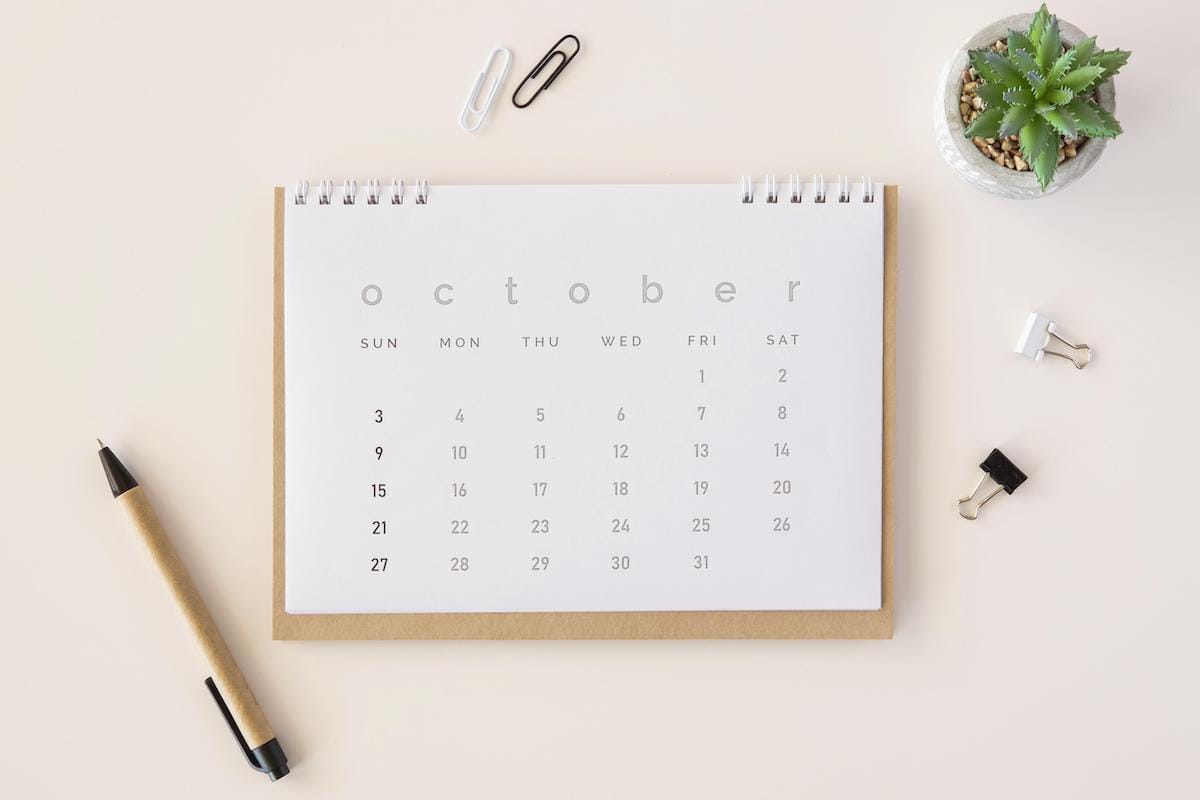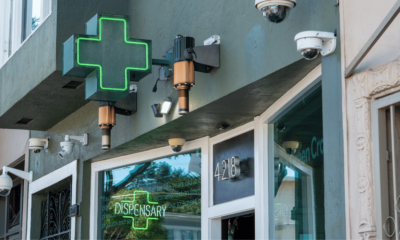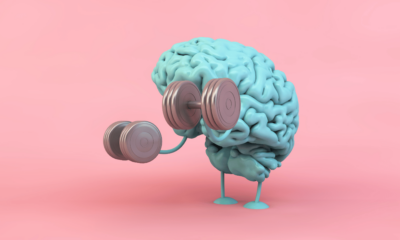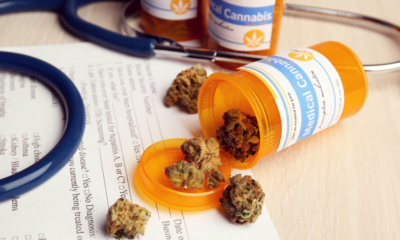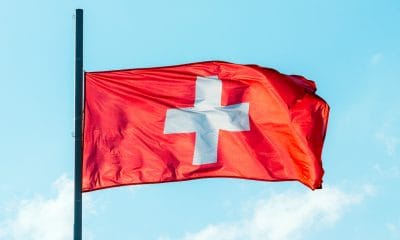A new study has found that cannabis consumption in the US increases throughout the year, peaking in the summer and autumn months.
The consumption of cannabis increases throughout the calendar year, with use up 13 percent on average at the end of each year compared to the beginning, according to a new study published in the journal, Drug and Alcohol Dependence.
Researchers think this may be due to a ‘Dry January effect’ suggesting some people stop consuming cannabis as part of a New Year’s resolution.
“We found that cannabis use is consistently higher among those surveyed later in the year, peaking during late fall or early winter before dropping at the beginning of the following year,” said Joseph Palamar, PhD, MPH, an associate professor of population health at NYU Grossman School of Medicine and the study’s lead author.
“We think this may be due, in part, to a ‘Dry January’ in which some people stop drinking alcohol or even stop using marijuana as part of a New Year’s resolution.”
Prior research shows that alcohol and drug use varies by time of year, with drug use often increasing during summer months, possibly due, in part, to social events.
To better understand seasonal trends in cannabis use, Palamar and his colleagues analysed data from 282,768 adolescents and adults who responded to the National Survey on Drug Use and Health from 2015 to 2019.
The survey asked participants about their past-month use of cannabis and other substances, and the researchers estimated their use within each calendar quarter.
Over the year cannabis use grew, increasing in the summer and autumn months before dropping as each new year began.
While only 8.9 percent or participants reported using cannabis in January through March, 10.1 percent reported using it in October through December, a 13 percent increase.
These seasonal trends occurred independently of annual growth in cannabis use and were seen across nearly all groups surveyed, regardless of sex, race/ethnicity and education level.
Teens were one exception, as their cannabis use grew in the summer but declined in the fall months back to winter and spring levels.
It is thought that recreational use may be driving the growth throughout the year, as similar small increases occurred among those living in states with and without legal medical cannabis, and among those without a prescription.
Seasonal cannabis use also increased among those who reported using other substances, including alcohol, nicotine, and especially LSD.
The researchers note that the consistent dip in cannabis use during winter months could be a result of a variety of factors, such as a lower supply at this time of year from cannabis harvests, colder weather keeping people inside who usually smoke outdoors, or people quitting cannabis as a New Year’s resolution.
“Ultimately, we hope that these findings can be utilised by researchers and clinicians alike,” said study co-author Austin Le, DDS, a research associate at NYU Langone Health and orthodontic resident at NYU College of Dentistry.
“Researchers studying cannabis use should consider seasonal variation, as surveys administered at the end of the year may yield different results than at the beginning of the year.
“And for those who wish to reduce cannabis use, it appears the best time for such targeting may be later in the year–when use is highest.”
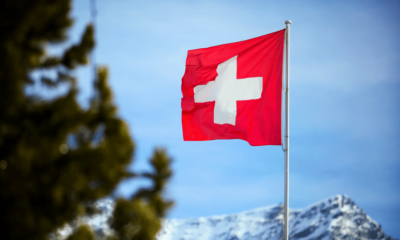
 News6 months ago
News6 months ago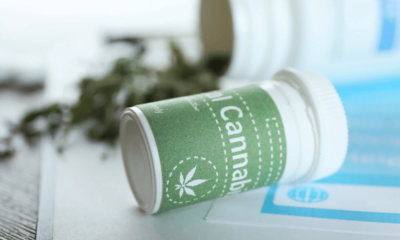
 Science5 months ago
Science5 months ago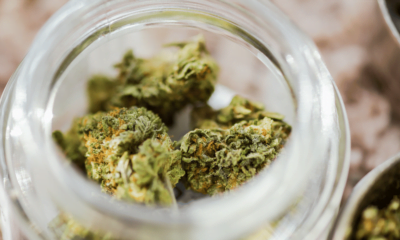
 Industry6 months ago
Industry6 months ago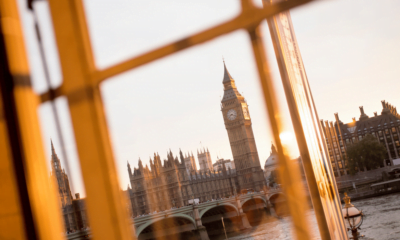
 News6 months ago
News6 months ago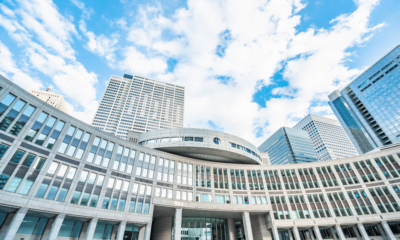
 News5 months ago
News5 months ago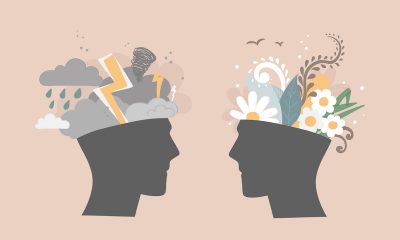
 Health5 months ago
Health5 months ago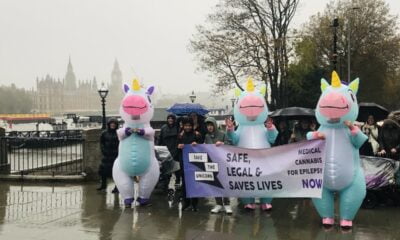
 News5 months ago
News5 months ago
 Health3 months ago
Health3 months ago